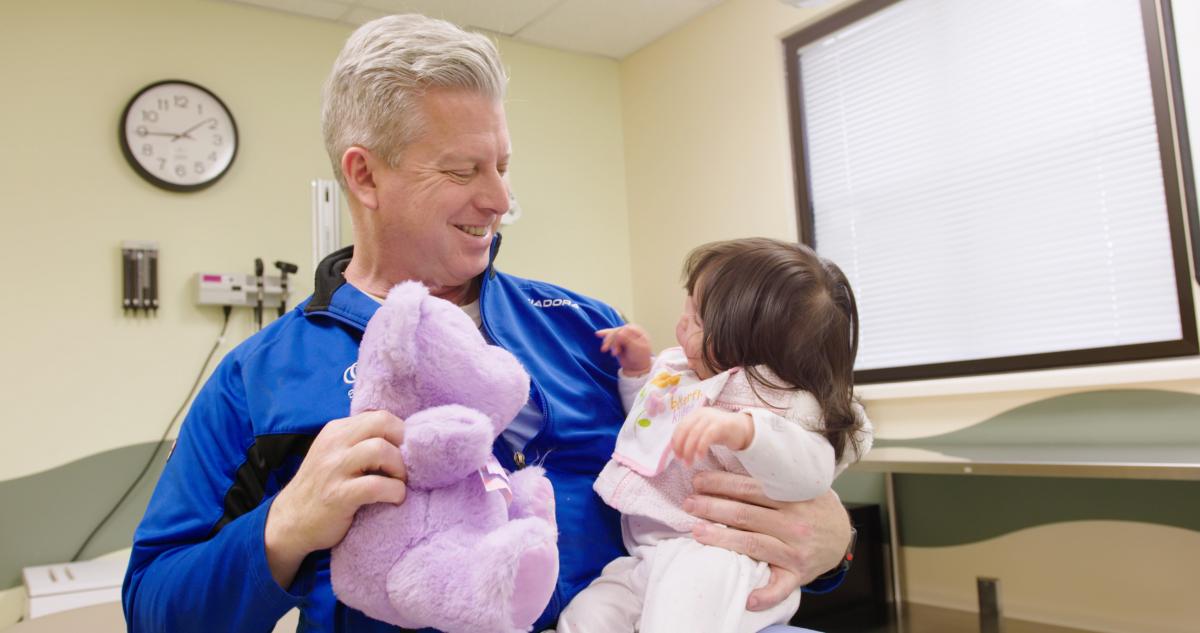craniofacial surgery
The Craniofacial Center at Dayton Children's offers several surgical treatment options by our highly skilled surgeons for patients with craniofacial difference. The goal of these procedures is to provide more space within the skull, midface and jaw areas. This allows not only functional but also aesthetic improvements.
Several of our procedures involve the technique of distraction osteogenesis. Distraction is movement of bone after surgical separation. Osteogenesis is the formation of new bone growth in the space created by the distraction process. The procedures vary and are dependent on the patient's condition and area of need.
Our surgeons utilize both external and internal hardware to achieve a patient’s individualized surgical treatment plan. The course of treatment will vary with each unique patient in approach and length of treatment.
For a full list of conditions that can be treated with craniofacial surgery, click here.
what surgeries are offered at The Craniofacial Center?
Scheduling a consultation with one of our highly-skilled craniofacial surgeons can offer more detailed information on the best distraction procedure for your child. Below are just some of the procedures performed by our craniofacial surgeons.


